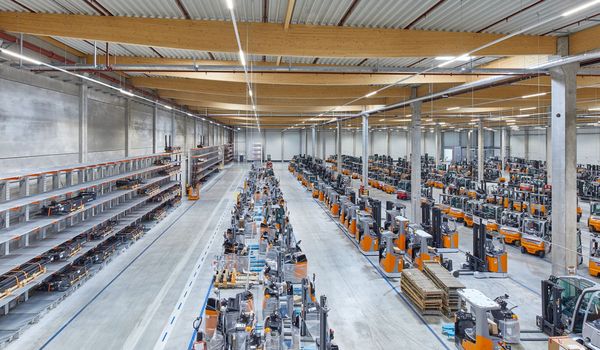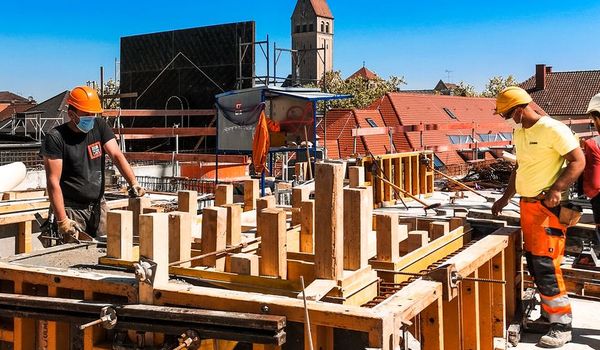
28.01.2021
GRAY ENERGY: A FUTURE TOPIC FOR THE REAL ESTATE INDUSTRY
What is gray energy? And what role does this "invisible" energy play for the real estate industry? In the course of European climate protection, the emissions from the production of building materials and the associated energy consumption are increasingly coming into focus.
GRAY ENERGY DEFINITION: WHAT IS GRAY ENERGY?
Gray energy is the term used to describe the primary energy that goes into the production, transport and storage of materials, for example. Up to now, gray energy has not been included in the balance sheets of a property. There, one only looks at the energy output during operation. But not according to what a building consumes in terms of energy over its entire life cycle - in other words, from construction to operation to subsequent deconstruction.
"In terms of sustainability and climate protection, it is essential not only to work on the direct CO2 emissions of buildings in operation, but also to minimize the gray energy."
Maria Hill, ECE Director Sustainability & Corporate Communications.
In this context, concrete is a huge issue. Its production causes a lot of CO2. The question is: How can it be replaced? Possible alternative building materials could be wood or recycled concrete.

GRAY ENERGY OF INSULATING MATERIALS
Gray energy also plays a key role in the energy-related refurbishment and insulation of buildings. For example, the amount of energy used in the production of insulation materials must be taken into account. After all, above a certain thickness, the energy savings achieved through insulation no longer bear any relation to the energy required for insulating material production. In this way, the actual goal of saving energy and CO2 may be thwarted when buildings are renovated.
GRAY ENERGY IN BUILDINGS: MATERIALS & BUILDING CODES CHANGE
In all its planning, ECE is already working to keep gray energy as low as possible as well. For example, we use wooden constructions in the roof area when building logistics centers. We have also already used wooden constructions for the Elbe shopping center in Hamburg. The issue is coming up. Wood has generally been more expensive up to now. That is gradually changing. Building regulations have also changed accordingly. In terms of sustainability and climate protection, it is essential not only to work on the direct CO2 emissions of buildings in operation, but also to minimize the gray energy.
